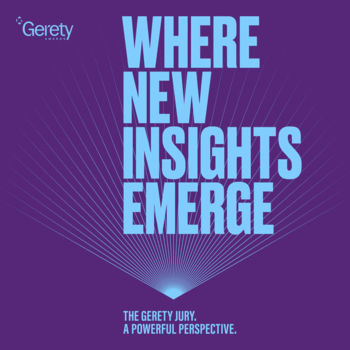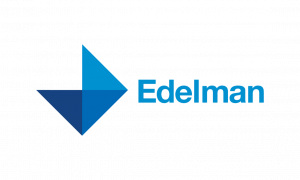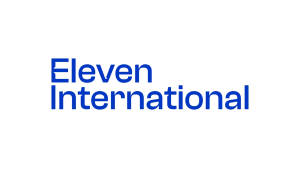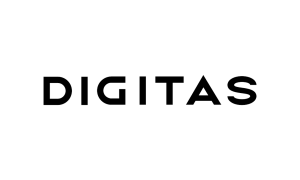As the late great Tom Petty once sang ‘the waiting is the hardest part’. That applies to the consumer world as it does to everyday life according to two recent papers from Annabelle Roberts, an assistant marketing professor at the University of Texas at Austin McCombs School of Business, who explores the internal negotiations that happen when people feel impatient: whether they’re standing in a long queue or awaiting an important announcement.
Both papers examine how the desire for closure impacts impatience. The first paper looks at how it affects decision-making — for example, choosing to complete a task now rather than later. The second explores people’s feelings as they wait and how the experience changes as the end of the wait draws closer.
Roberts, who has a Ph.D. in behavioral science, is interested in how impatience influences the choices people make, such as whether to invest for the future or spend on something today.
According to Roberts her work also offers lessons on what marketers can do to make waiting less annoying.
“Everyone has had this experience of getting overly frustrated while they’re waiting,” said Roberts.
The need for closure
In one paper, Roberts looks at what causes impatience. With Alex Imas and Ayelet Fishbach of the University of Chicago, she finds one answer: closure. The need for closure, says Roberts, affects intertemporal choice — the relative values people assign to a payoff today versus a payoff at a future date.
In seven studies conducted online and in the lab, participants made choices between working more sooner or waiting to work less later for the same outcome. Participants were willing to pay more or work more when it allowed them to achieve closure sooner.
- They would pay $1 more when it allowed them to pay sooner and get the payment off their minds.
- They preferred to complete 15% more work for the same pay when they could finish the work earlier and cross it off their lists of things to do.
- To get a report off their minds before an upcoming vacation, they preferred to work one hour of unpaid overtime to finish it, rather than get paid to finish it after vacation.
“The need for goal closure helps explain the counterintuitive preference for working more sooner or paying more sooner,” said Roberts.
“We find that impatience isn’t just about this myopic desire for the reward. It’s also about crossing goals off their list, not having the goal hanging over them.”
The findings could interest managers who want to better motivate their teams, Roberts notes because people who desire closure are less likely to procrastinate.
The study also suggests why marketing promotions, such as “buy now, pay later” deals, sometimes don’t work, she adds, because consumers may not want the stress of knowing a payment is due.
The end is near — but not near enough
Previous research has calculated that Americans spend 37 billion hours a year waiting in line, and the average commuter spends 42 hours a year stuck in traffic. For her second paper, also with Fishbach, Roberts tracked the emotional trajectory of those waits. Their research found that the distress of waiting intensifies as the wait nears an end.
“This paper was about people’s feelings, their experiences while they wait,” said Roberts.
“When you expect the wait to be ending soon, you become more impatient closer to that expectation.”
The study found that in real-life situations, respondents rated their levels of impatience while waiting for the first COVID-19 vaccine or for their bus to arrive in downtown Chicago. Their frustration increased the closer they got to the end of the wait. They felt worse when they were closer to receiving the vaccine or when the bus was closer to arriving.
One group of respondents reported their impatience for the results of the 2020 presidential election. Levels rose for supporters of both Joe Biden and Donald Trump on Election Day.
The following day, impatience was even higher, as votes were still being counted. It rose for both sides, Roberts notes, even though Biden was pulling ahead.
“Even for those who expected their candidate wasn’t going to win, they just wanted to get this over with,” said Roberts.
“This nicely demonstrates the desire for closure and how it plays out in the experience of waiting.”
Roberts suggested takeaway for companies: If there is uncertainty about when a package will be delivered, it’s better to prepare customers for a longer wait than a shorter one. That way, it may arrive before they become impatient.
It may also be better to inform customers about a delay earlier in the wait than later so they can adjust their expectations accordingly.
For a follow-up project, Roberts is researching useful interventions to help people feel more patient while they wait.
“I want my research to help people manage their waiting experiences,” said Roberts.
“A lot of people really want help with how they can be more patient while they wait, and how they can make better choices, like saving for the future.”
“Can’t Wait to Pay: The Desire for Goal Closure Increases Impatience for Costs” is published in The Journal of Personality and Social Psychology. “Impatience Over Time” is published in Social Psychological and Personality Science.
Image by Talal Hakim






























